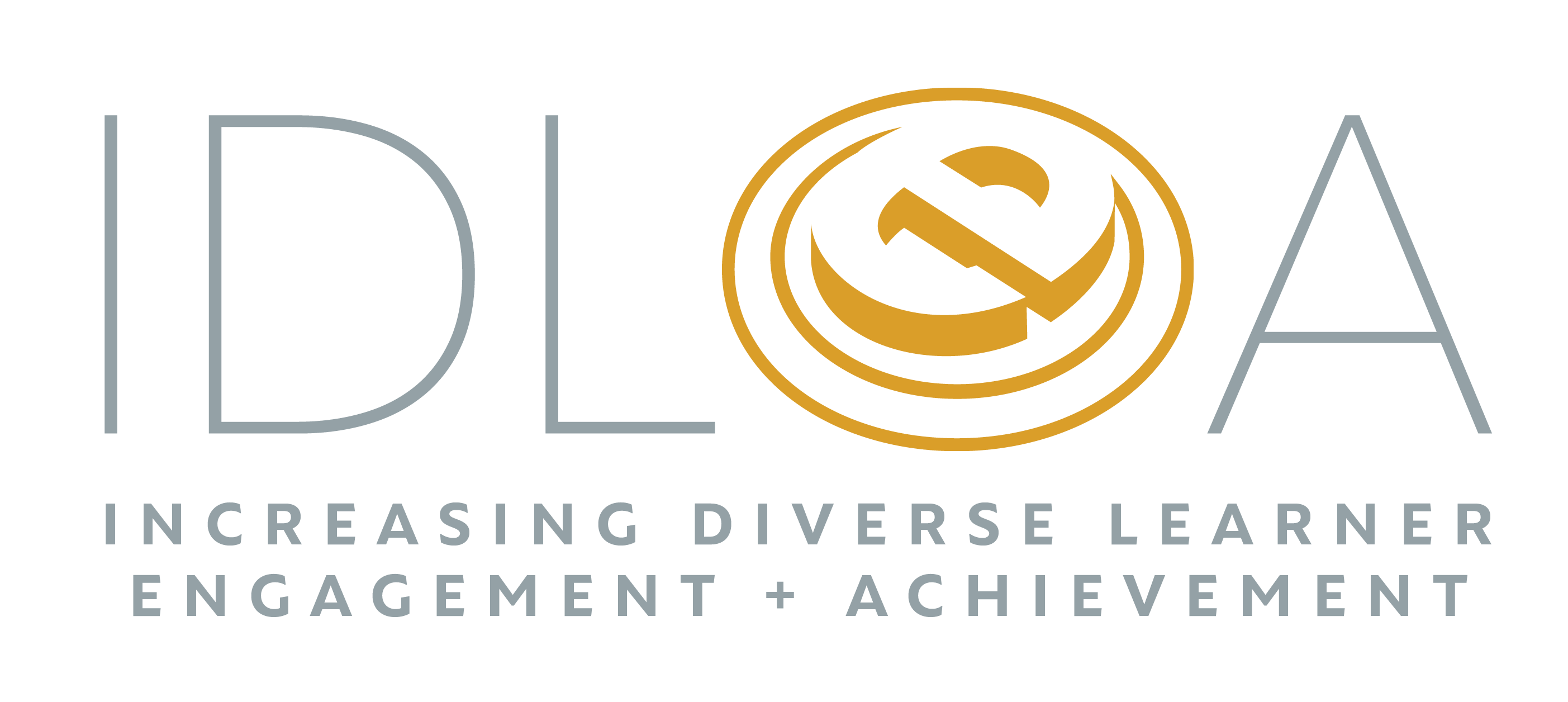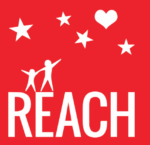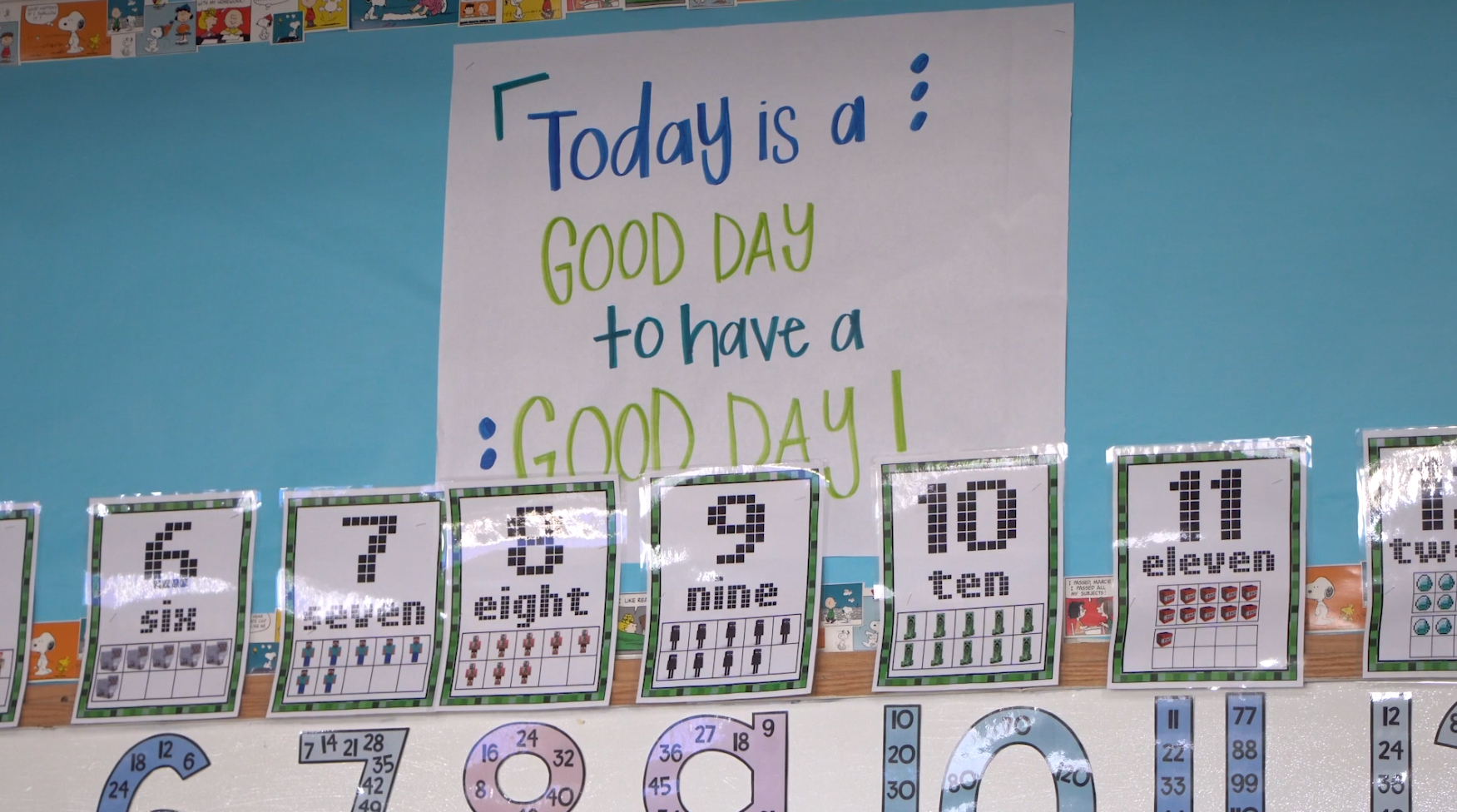“My co-teacher and I are able to sit down every plan period and go through our co-teaching steps that we set up at the beginning of the year. I've really noticed a difference in our students' engagement.” she says.
—Katie Krewer, Fourth & Fifth Grade Lead Teacher
Utilizing Co-Planning & UDL to Engage Diverse Learners
Located in Northeast Denver, REACH is a small school that serves students in grades PK-5 with collaborative teams of teachers working together to meet the unique needs of every child, including students with special needs who have typically not been in general education classrooms. Utilizing the RISE grant, REACH’s goal is to engage diverse learners using a co-planning strategy as well as Universal Design for Learning (UDL).
Principal Jason Marsh explains that they picked that strategy because they felt it was the largest umbrella that could serve the needs of their unique school. With one-third students having an identified disability, co-teaching is a process that REACH already embraces daily to provide collaborative thought not only to these students but also to those who are highly gifted and talented.
“When you look at who are diverse learners, students who are struggling or needing extra support or those who are gifted and talented or just who need a different approach to meet them where they are at, a one-size-fits-all approach doesn’t work,” explains Jason.
He finds that children who fall on both ends of this spectrum display challenging behavior when a lesson does not meet their needs. “I truly believe in our mission and vision that when we are diverse in our approaches and we consider child development and cultural competency, we can educate all students in very appropriate and common environments rather than center-based placements for different kids,” he says.
Katie Krewer, a Fourth and fifth grade lead teacher, agrees. “Once we were able to start really digging deep into co-teaching, we were able to engage students more because you're planning for every situation possible,” she explains.
Going into this project, Jason initially thought the process was going to be more special education focused to address its most challenging students, but as his team thought through the strategy, he found it could have a more widespread impact on the entire school thanks to their existing focus on co-teaching.
“All kids need a variety of things, but they also really need for their teachers to be thinking about them as individuals and the environment should reflect who they are,” says Jason who was pleased with the implementation period. With a shortage of paraprofessionals, they designed the school day with two specials periods to allow teachers time to plan. As teams have solidified and co-planning expectations solidified, they’ve seen small groups flourish.
Jordan Lehey, Special Education Teacher shares, “The small group instruction has been really helpful because in this day and age, all of the kids really do need that individualized attention. It just allows them to get so much more compared to whole group instruction with one teacher. Seeing two teachers a day during small groups has been really helpful … we get to know them better. They get to know us better. And that works really well.”
The biggest challenge was getting staff on board with changing their practices. “They may have been successful in the past, but we’re trying to show them that the higher strategy and the training that goes along with it is going to make things easier on them and make their teaching more available to a wider range of students,” shares Jason. “Everyone is so unique and needs a good amount of differentiation, and when they are served well, they do better and teachers are going to feel more successful.”
Katie is already seeing the results. “My co-teacher and I are able to sit down every plan period and go through our co-teaching steps that we set up at the beginning of the year. I've really noticed a difference in our students' engagement,” she says.
To track progress, teachers are meeting checkpoints and doing daily exit checks. Katie says that she can also just notice if her students are engaged or not and that helps drive daily conversations with her co-teaching partners. “If the kids are flopping around on the floor, or if they're sitting upright and actually doing their work, you tell if the students are engaged. It's been really cool to see the students make so much progress, especially because we do sit down and we talk about it every single day and make changes whenever we need to.”
For Jordan, the opportunity to reflect with his peers on their approach and utilize new tools has been a game changer. “At the beginning of the year, when some of my kids were really struggling with letters and their names and their sounds, being able to reflect with my co-teacher and figure out what those kids like to do has helped them grow exponentially,” he says. And having the freedom in UDL to use outside manipulatives, to make it more hands on for the kids has been amazing. I had a student who knew no letters, and then we tried this new thing and it just clicked, and she's learned all the ones that we've worked on since.”
Katie also appreciates the opportunity to switch gears as necessary, especially as her students fall off track all the time, even after understanding the expectations of fourth and fifth grade. One reflection point had them start playing calming music in the background as the students were struggling with too much quiet. “Just finding different things that the students need and changing it has helped them stay engaged a lot,” she says.
As a leader trying to implement and maneuver leveraged change around co-planning, Jason shares that one of the biggest differences has been in bringing in outside perspective and coaching. “It’s helped to put that golden thread through all that we are trying to accomplish together and has made it that much more likely to be successful.”
“The thing that's made me the most proud is the progress that I've seen with not only my students, but also my co-teacher and I, and also the school,” says Katie. “Now that we've implemented all of these engagement strategies, we have more time to co-teach, which has made a world of difference. The kids are happy. They love being here. They run into the building every morning.”


